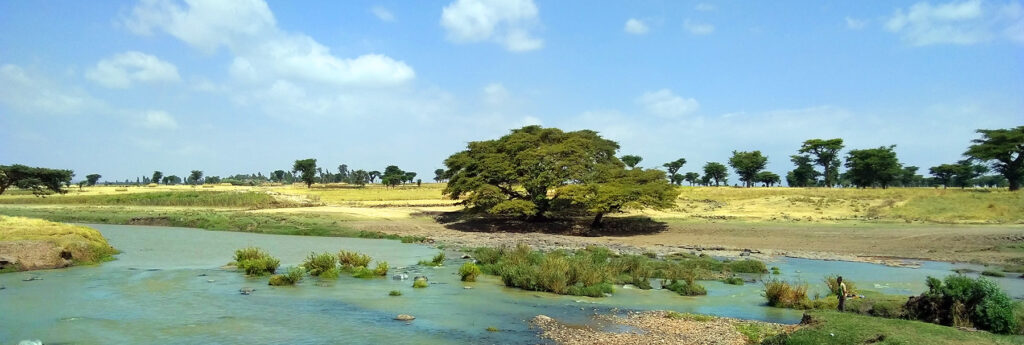Melka Kunture: A Prehistoric Archeological Site in Ethiopia
Tucked away in the rolling hills of the Awash Valley in Ethiopia lies the prehistoric archeological site of Melka Kunture. This ancient site has been the site of numerous archaeological excavations since its discovery in the 1960s. Its numerous findings, ranging from fossils to ancient tools, have helped to shape our understanding of human prehistory in East Africa. This article explores the fascinating history of Melka Kunture and its importance to the study of human evolution.
What is Melka Kunture?
Melka Kunture is an archeological site located in the Awash Valley of Ethiopia. It is believed to have been occupied by humans between 1.4 and 0.3 million years ago, making it one of the oldest known sites of human activity in East Africa. The site is comprised of a series of terraces, cut into the hills, that were likely used for farming, as evidenced by the remains of numerous tools and artifacts found at the site. It is also home to a wide range of fossils, including those of early human ancestors, which provide valuable insight into the evolution of humans in East Africa.
The History of Melka Kunture
Melka Kunture was first discovered in the 1960s by French archeologist, Yves Coppens. Since then, numerous archaeological excavations have been conducted at the site, uncovering a wealth of fossils, tools, and artifacts. One of the most important discoveries made at Melka Kunture were the fossils of early human ancestors, which provided evidence of human evolution in East Africa. It is believed that the hominid remains found at the site are between 1.4 and 0.3 million years old, making them some of the oldest known human remains in the world.
The Importance of Melka Kunture
Melka Kunture is an important archeological site, as it has helped to shape our understanding of human evolution in East Africa. Its numerous fossils, tools, and artifacts provide valuable insight into the lives of early human ancestors, allowing us to better understand their culture, habits, and lifestyles. Furthermore, the site has helped to fill in the gaps in our knowledge of human prehistory in the region, making it a crucial part of our understanding of human evolution.
Conclusion
Melka Kunture is a fascinating archeological site, located in the Awash Valley of Ethiopia. It is believed to have been occupied by humans between 1.4 and 0.3 million years ago, making it one of the oldest known sites of human activity in East Africa. The site has yielded a wealth of fossils, tools, and artifacts, which have provided valuable insight into the lives of early human ancestors and the evolution of humans in East Africa. Melka Kunture is an important archeological site, as it has helped to shape our understanding of human evolution in the region.

